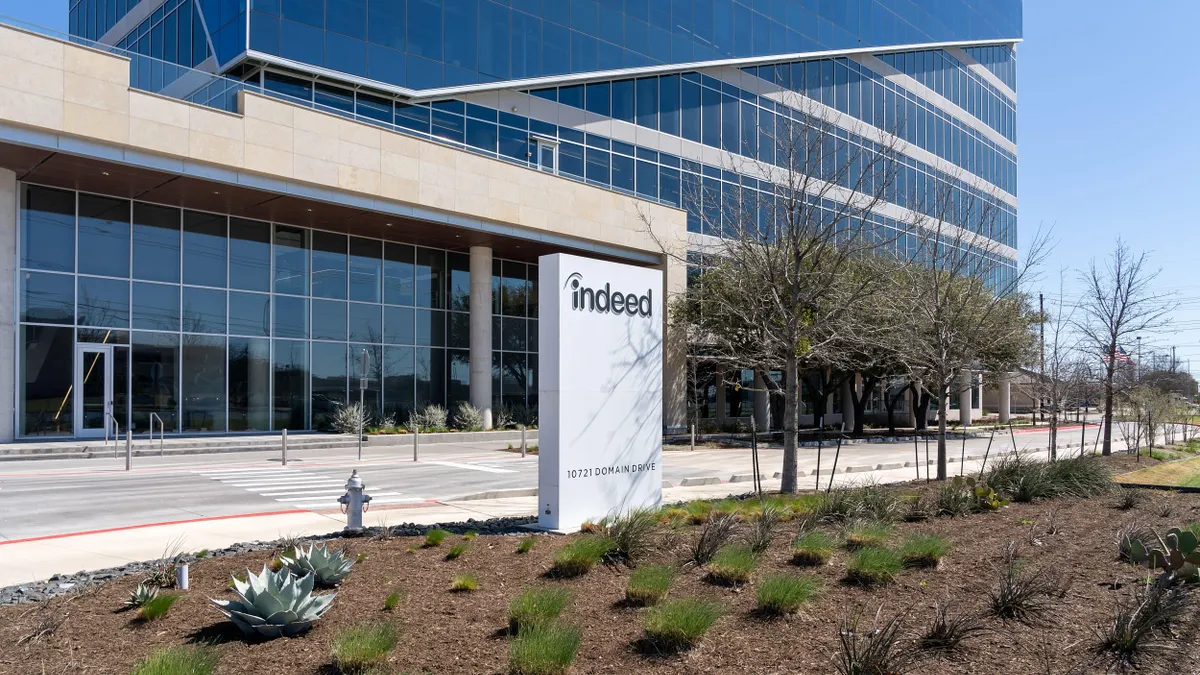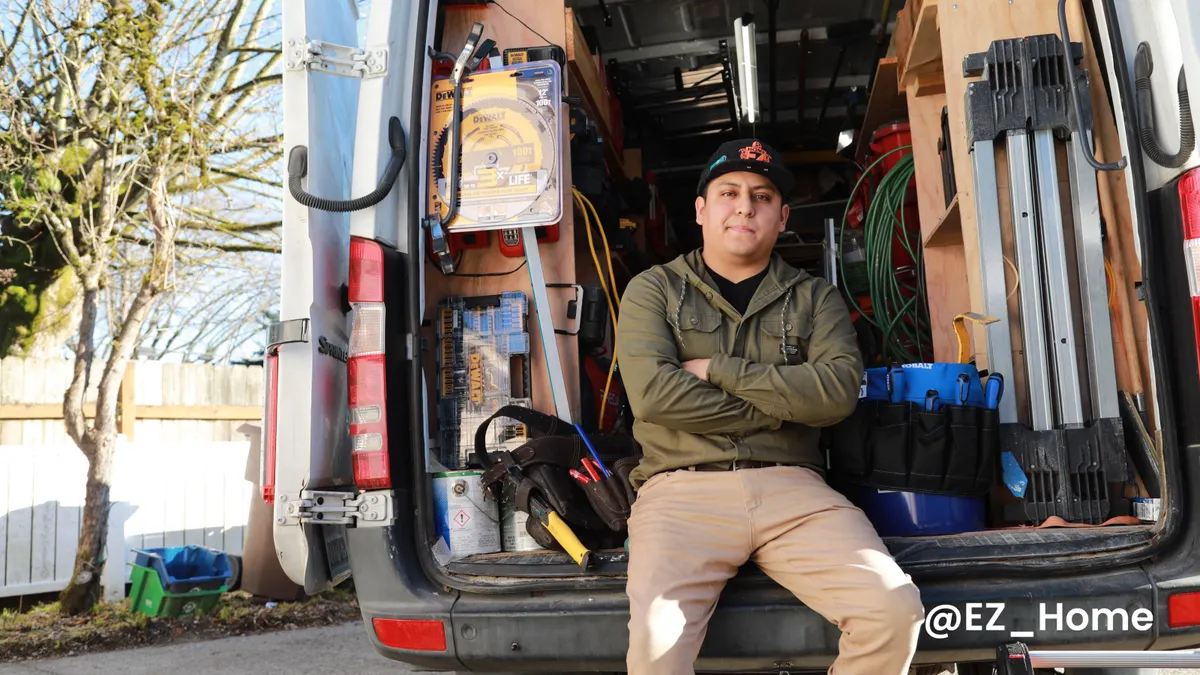The rapid shift to telework for many office-based employers is not only forcing companies to conduct recruiting virtually, but also making them reconsider every aspect of their talent acquisition strategies. After implementing additional technology solutions amid the pandemic, experts suggest that some changes will be permanent.
While the talent acquisition function tends to lead technology adoption among HR groups, interviews were still commonly held face-to-face at some point in the process and deliberation over candidates often took place in in-person meetings. But recruiting leaders may find that digital processes offer new advantages and end up keeping them even when they return to their offices.
Improving the function
While many organizations scrambled to put together online fixes for manual or in-person processes during the pandemic, improvement took a back seat to maintaining continuity. Now that change is not so rapid, business leaders are focusing on how to improve in these conditions.
Recruiting is no different. Existing technology solutions can address strategic imperatives that were top of mind before the pandemic, such as workforce data, candidate experience or recruiter productivity. More importantly, these technologies can still be deployed while everyone is working from home.
"I think as you start to look at how things like machine learning can be applied, there's a lot of opportunities," Mark Brandau, a research principal, global industry analyst at Forrester, told HR Dive. "The ones I gravitate to are things that automate the process."
Scheduling, communicating with candidates and optimizing job board spend — the same way marketers do with online ad spend — represent the "low-hanging fruit" when it comes to recruiting technology, Brandau said. The tools are usually simple to use and do not depend on the technical maturity of the organization for adoption or implementation.
Having every single recruiting activity occurring within some sort of technology also allows for better data collection. While organizations are trying to collect as much as possible, it's a challenge to validate data entered by people and also can be subjective, such as a hiring manager's perception of a candidate after a first-round in-person interview.
"Something we suspected before the pandemic is organizations don't have a lot of necessary data to make adaptive forward decisions," Brandau said. "That includes candidate data and [talent] market data."
Having better data by having more widespread technology will allow talent acquisition leaders to be more informed about the metrics that matter and how they can improve the function's effectiveness. Efficiency gains, like being able to immediately schedule an interview, can improve the candidate experience and save recruiters time.
"They either want to automate [sourcing and screening] more because of high volume or they want to find better quality candidates," Brandau said. "So they're focused on automation and quality of time" to improve the caliber of candidates entering the funnel and their experience.
Expanding into onboarding
In a pre-pandemic interview process, once a candidate accepts a job offer, after the initial excitement from both parties subsides, there is often a hand-off to a different colleague to manage the onboarding process. Today, with remote work as the norm and more automation coming, there is an opportunity for talent acquisition to bolster, if not completely own, onboarding.
"Once a client understands and gets wind of what's possible with onboarding, especially as a part of a bigger HCM transformation, when you tie in learning and procurement and other things that can happen and goals within onboarding," Brandau said, "they start to light up because they see it way more transformative beyond talent acquisition."
Being able to seamlessly move into value-add onboarding activities without the possibility of a clunky handoff can pay off in many ways. It can boost a new employee's preparedness and excitement. It can also serve as an extension of a company's brand, Brandau said, noting the connections between candidate experience, employment branding and the overall branding of a company. Tactically, onboarding automation can include signaling procurement for a new computer or other supplies a new hire may need.
Organizational leaders often are interested in automating the first steps of onboarding to support a new employees' alignment with organizational goals and maximize the experience of their first 90 days, including what training they may need. "So there's a lot of there's a lot of immediate benefit, as opposed to longer term benefit, when you think about ROI and visibility and brand reinforcement, that's why they gravitate that way," he added.
Finding new sourcing channels
Another opportunity for remote recruiting teams is expanding the geography and scope of sourcing channels. When recruiters no longer need to travel to career fairs and instead interact with prospective employees virtually, they can speak to more candidates. And when candidates don't need to play email tag to schedule an interview, they move the process more efficiently.
At Brazen, a recruiting technology provider that helps organizations virtually conduct career fairs and initial stages of the interview process, clients were focused on saving time and money before the pandemic, but those goals have evolved.
"They want to spend less time traveling and sending people all over the country or the world to have to go visit different schools or different career fairs, and do it online," Ryan Healy, founder and CEO of Brazen, told HR Dive.
Given that the digital natives of Gen Z are now entering the workforce, and how the oldest generations working now have decades of experience using technology, virtual recruiting is natural for many, Healy said.
"Think about how most of us communicate these days," he said. "It's not just millennials and Gen Z, it's literally everyone. Text messaging, Facebook Messenger, WhatsApp, these communication channels are just so natural and convenient for us that it just makes sense for [employers] to provide that communication channel."
There is also an opportunity to improve the candidate experience by creating an interactive path for interested candidates to pursue opportunities with minimal effort, and even have a conversation with a recruiter just by showing up in a chatroom.
"It's a way to create a truly engaging candidate experience where you're actually connecting candidates and recruiters for conversations instead of just asking them to apply and then them never hearing back from you," Healy said.
There are even times where a physical career fair booth has limitations that virtual counterparts do not, such as crowding situations where one company is very popular. In addition to being more orderly, virtual queues also provide an opportunity to deliver additional information.
"Most of the booths that the employer has set up virtually are also complemented with other content, like videos on the company, employee testimonials, articles," Healy said. "So that job seeker isn't just having that one-to-one chat with a recruiter, they're also immersed into the company while they're in that booth as opposed to standing and waiting in that line with 30 other job seekers."
Before the pandemic, most companies were using Brazen to supplement in-person talent acquisition efforts. This highlights how, for many, the technology may already be in place. They may need to leverage new features or roll it out more broadly, but organizations that were already technically mature were able to expand their virtual recruiting efforts more quickly.
"I think what we've seen from almost every single company that comes to us, who is new since the pandemic has started, they all say, 'We've been talking about doing virtual events for years, and now we have to,' so it's not new, it's not this thing where all of a sudden they're scrambling to figure out where to go [...] They've been talking about it; they just haven't pulled the trigger and now this is the forcing function."



















